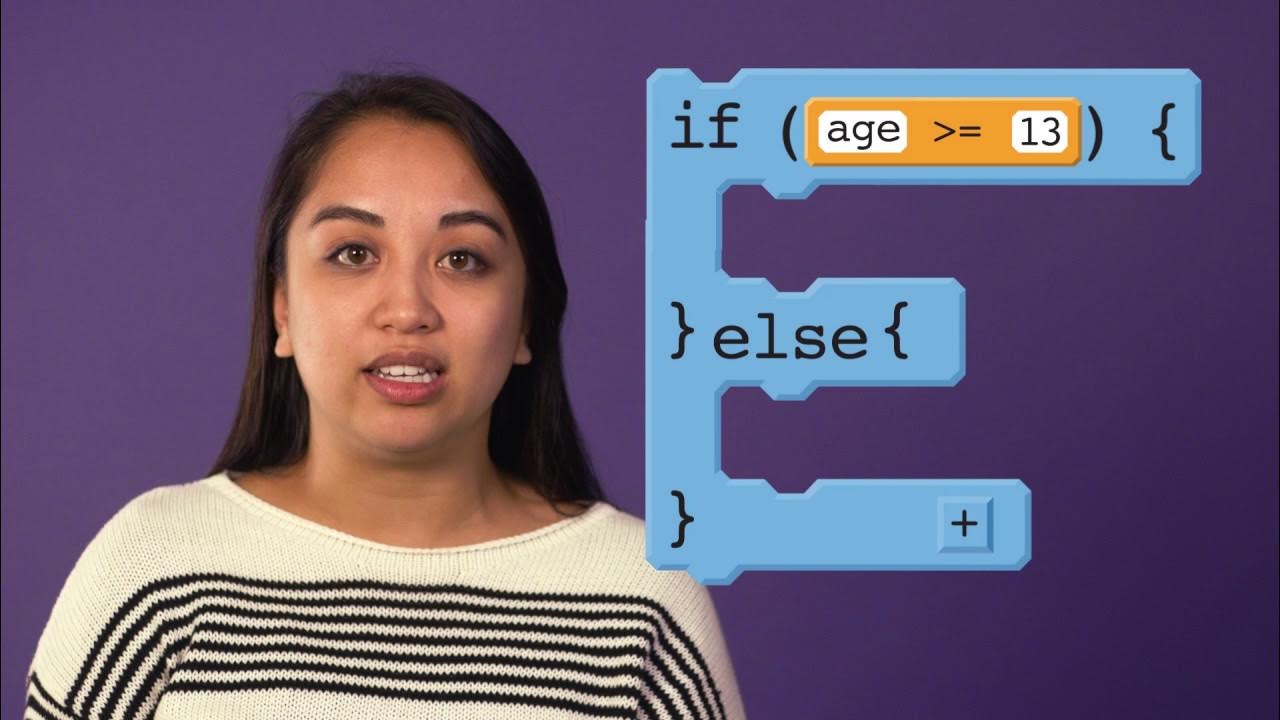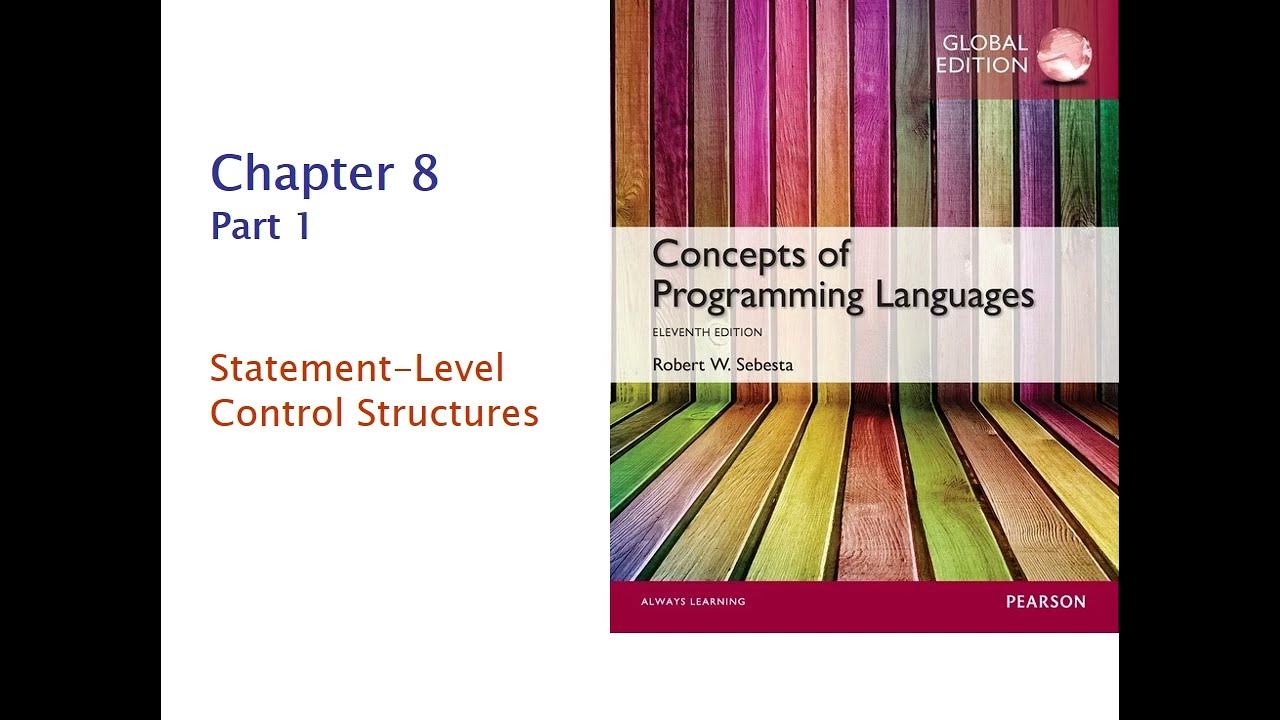Percabangan If dan Switch Case
Summary
TLDRThe video script is an educational lecture on conditional statements in programming, specifically focusing on 'if-else' and 'switch-case' statements. It explains the use of 'if-else' for conditions that include ranges and comparisons, and 'switch-case' for fixed values. The instructor uses examples, such as determining student grades based on GPA, to illustrate these concepts. The lecture also highlights the importance of correct syntax and logic to avoid errors and compares the behavior and execution flow of 'if-else' and 'switch-case' statements.
Takeaways
- 📚 Learning conditional statements in programming.
- 🤔 Using if-else statements for decision-making in code.
- 🔄 Switch-case for handling multiple conditions with exact matches.
- 🧮 If-else allows for range-based comparisons.
- ⚖️ Importance of correct condition placement to avoid logical errors.
- 🚫 Switch-case cannot use comparison operators like <, >, or =.
- 🧩 Switch-case needs break statements to avoid fall-through logic.
- 🔍 Default in switch-case acts like else in if-else statements.
- 💡 Use if-else for conditions involving ranges or inequalities.
- 🔤 Use switch-case for specific, non-range conditions such as exact values or codes.
Q & A
What is the primary purpose of using if-else statements in programming?
-If-else statements are used to execute a block of code among multiple conditions. They allow the program to make decisions based on whether conditions evaluate to true or false.
How does an if statement determine which block of code to execute?
-An if statement evaluates a condition. If the condition is true, it executes the block of code within the if statement. If the condition is false, it moves to the next condition or executes the else block, if present.
What is a common error to avoid when writing if-else statements?
-A common error is not placing the most specific conditions first. If a broader condition is placed before a more specific one, the specific condition will never be evaluated.
Why might a programmer use a switch-case statement instead of an if-else statement?
-A switch-case statement is used when there are multiple conditions that are based on the same variable, making the code more readable and easier to maintain compared to multiple if-else statements.
What is the role of the 'break' statement in a switch-case structure?
-The 'break' statement terminates the switch-case structure once a matching case has been executed. Without 'break', the program would continue executing the subsequent cases.
What happens if none of the cases in a switch-case statement match the variable value?
-If none of the cases match the variable value, the 'default' case is executed, if it is provided. The 'default' case acts as a catch-all for any values not explicitly handled by the other cases.
How do switch-case statements handle range-based conditions?
-Switch-case statements do not support range-based conditions directly. Each case must be a distinct value. For range-based conditions, if-else statements are more appropriate.
Can switch-case statements be used with data types other than integers?
-Yes, switch-case statements can be used with other data types such as characters and strings, depending on the programming language. However, the values for each case must be distinct and match the type of the switch expression.
What should a programmer consider when deciding between if-else and switch-case statements?
-A programmer should consider the nature of the conditions. If the conditions are based on ranges or complex expressions, if-else statements are more suitable. If the conditions are based on distinct values of a single variable, switch-case statements are more appropriate.
Why is it important to test the logic of if-else and switch-case statements carefully?
-Testing the logic is important to ensure that the conditions are evaluated correctly and that the program behaves as expected. Errors in the logic can lead to incorrect outcomes or unhandled conditions.
Outlines

Cette section est réservée aux utilisateurs payants. Améliorez votre compte pour accéder à cette section.
Améliorer maintenantMindmap

Cette section est réservée aux utilisateurs payants. Améliorez votre compte pour accéder à cette section.
Améliorer maintenantKeywords

Cette section est réservée aux utilisateurs payants. Améliorez votre compte pour accéder à cette section.
Améliorer maintenantHighlights

Cette section est réservée aux utilisateurs payants. Améliorez votre compte pour accéder à cette section.
Améliorer maintenantTranscripts

Cette section est réservée aux utilisateurs payants. Améliorez votre compte pour accéder à cette section.
Améliorer maintenantVoir Plus de Vidéos Connexes

Conditional Statements | If-else, Switch Break | Complete Java Placement Course | Lecture 3

Algoritma dan Struktur Data - Pemilihan

CSP: Conditionals pt 2B - if/else statements

Bahasa Pemrograman C #5 - Struktur Kontrol Keputusan - Informatika Kelas X

Lesson 5-2: Alternative and Chained Conditionals

COS 333: Chapter 8, Part 1
5.0 / 5 (0 votes)
